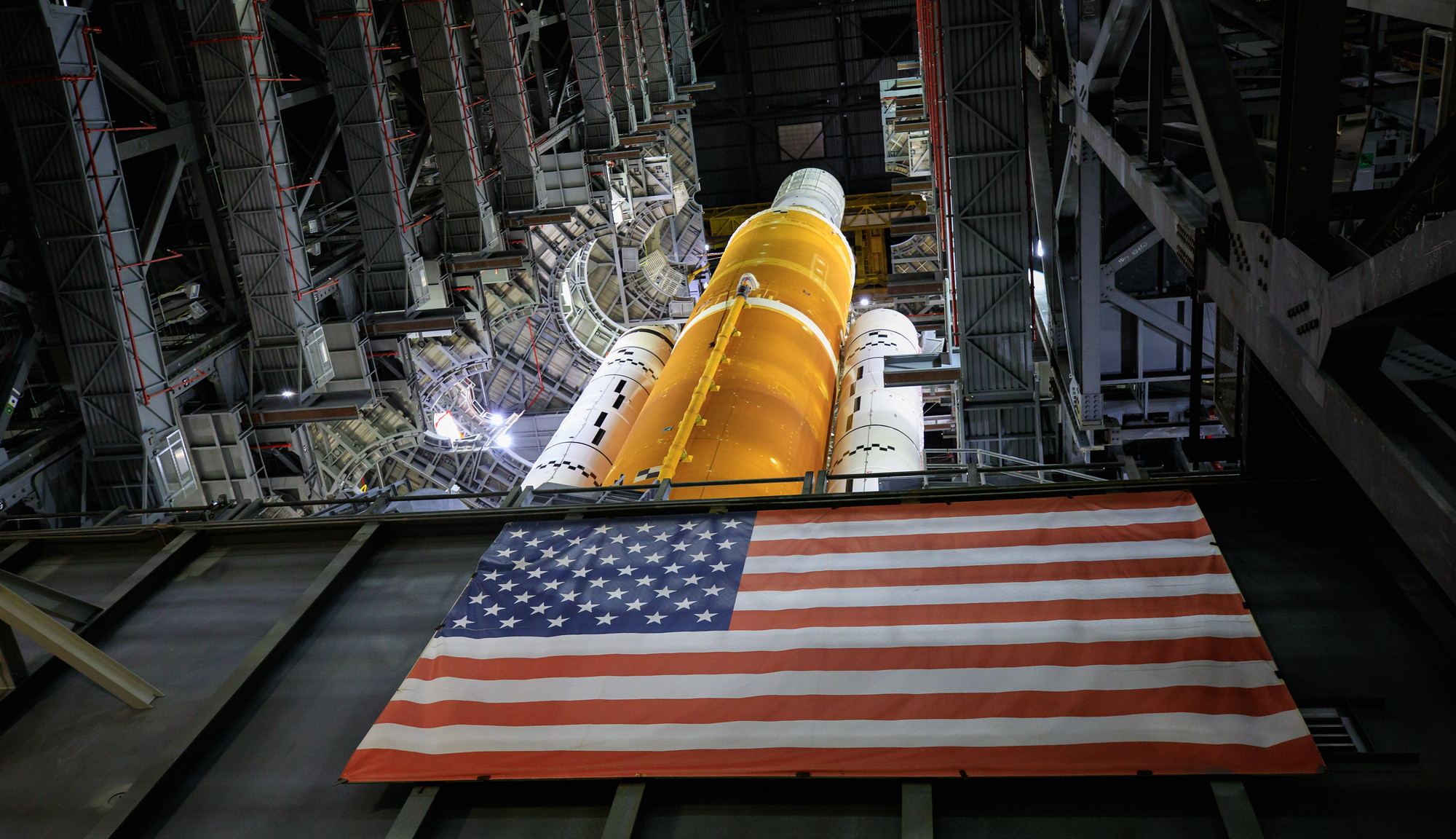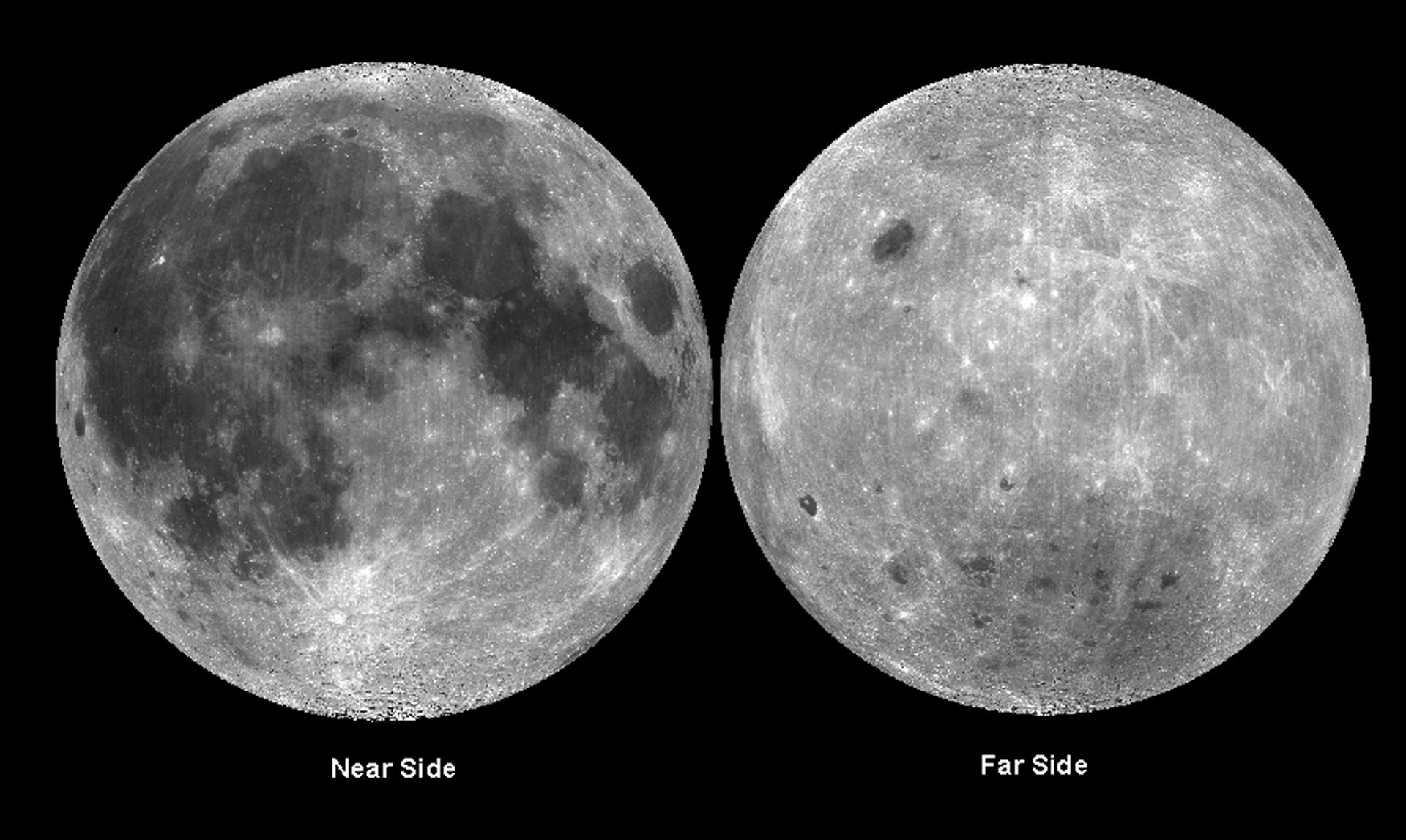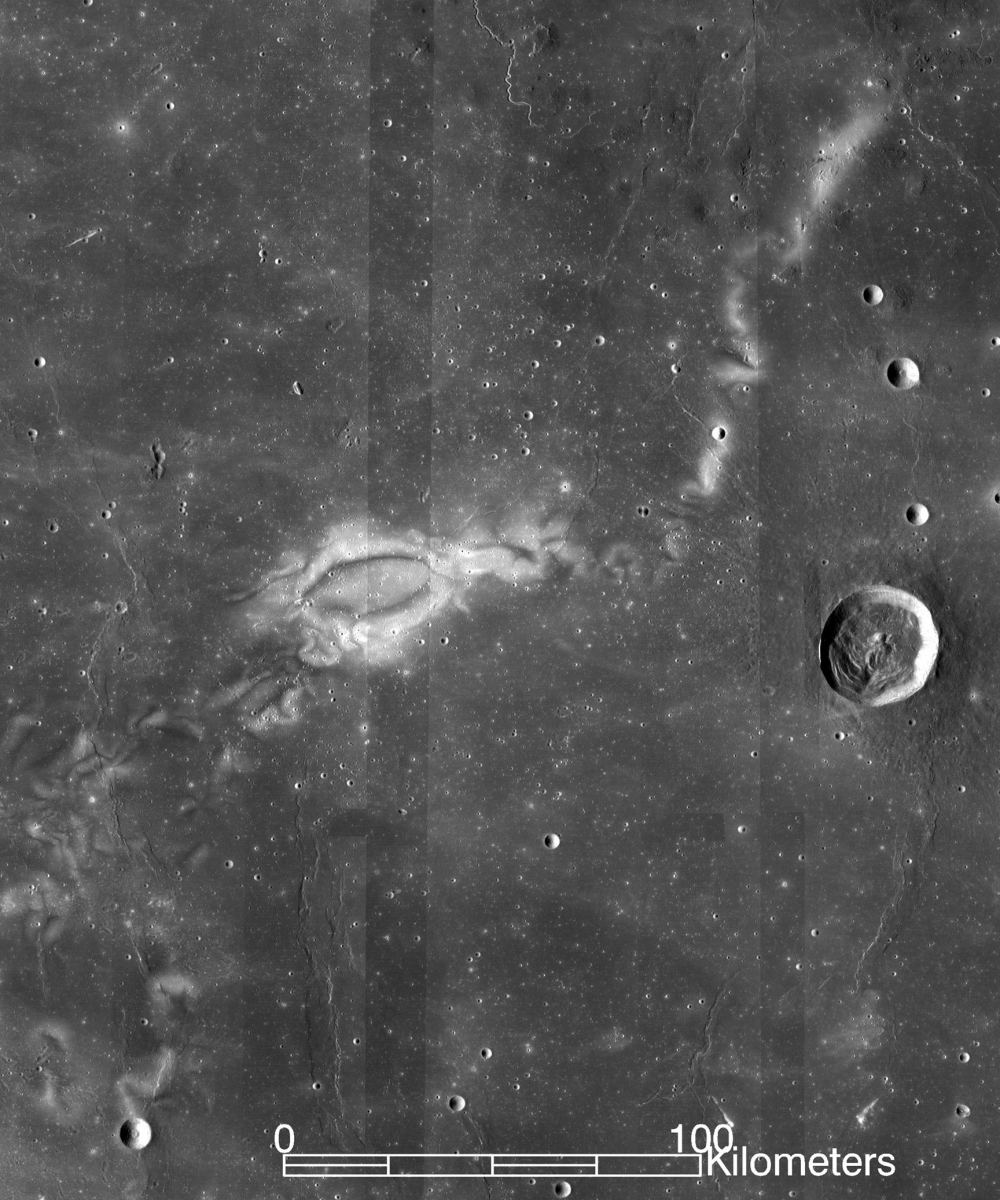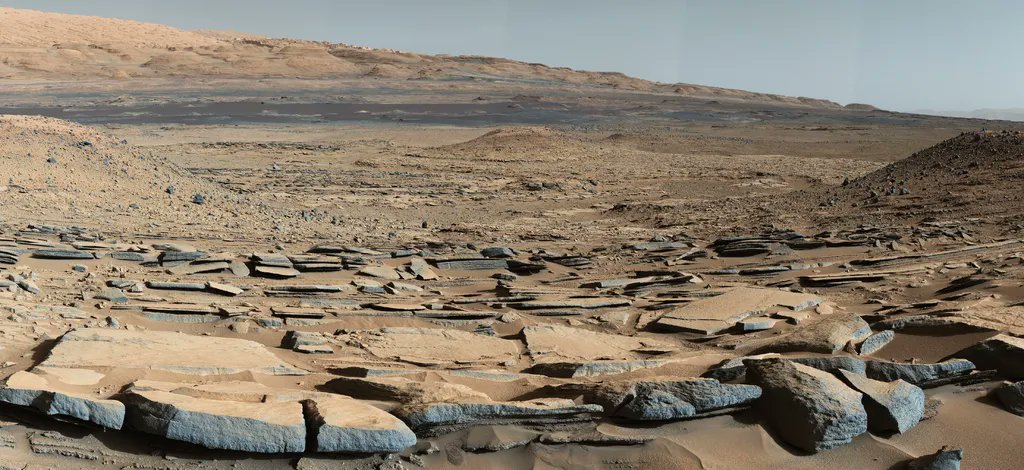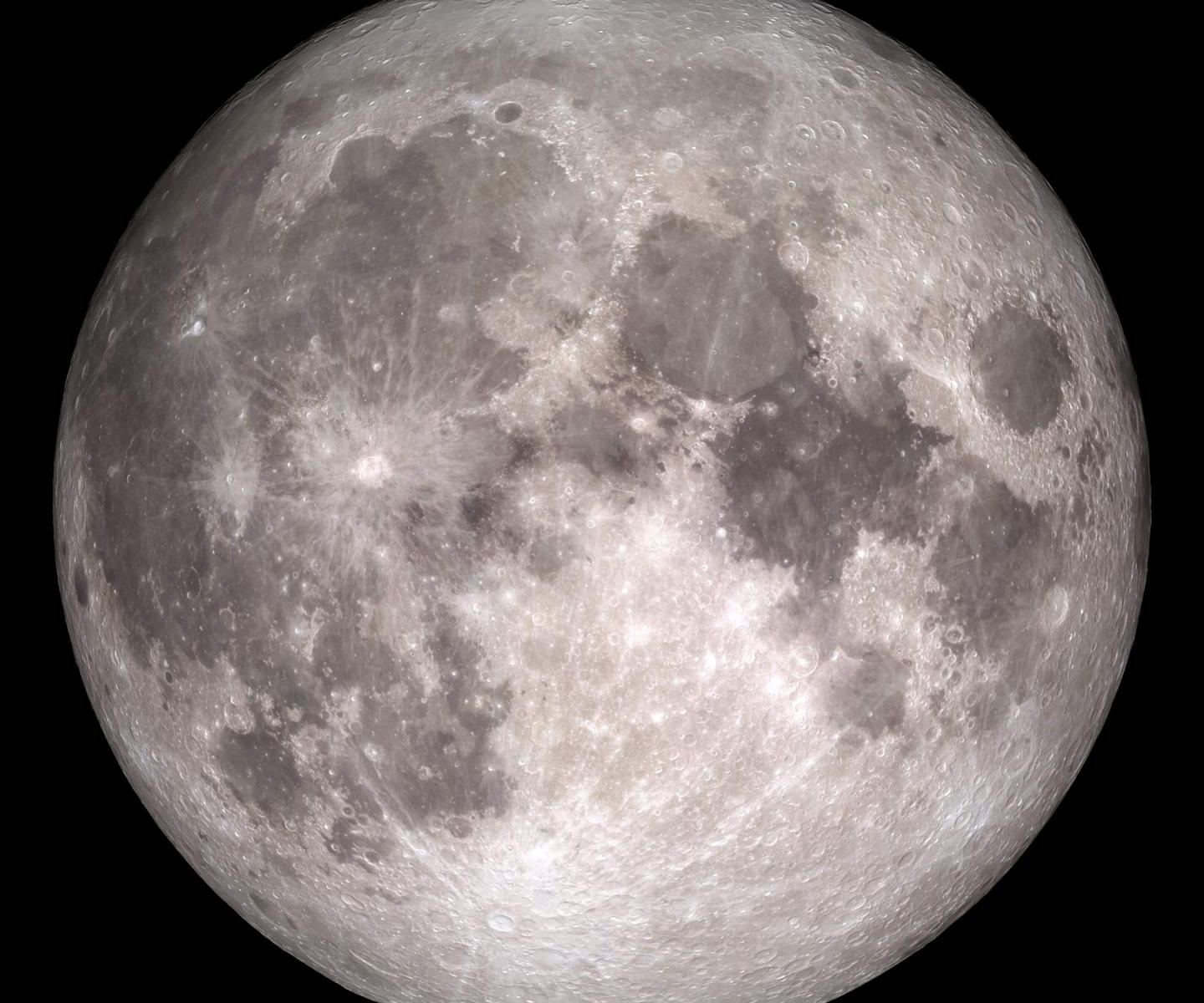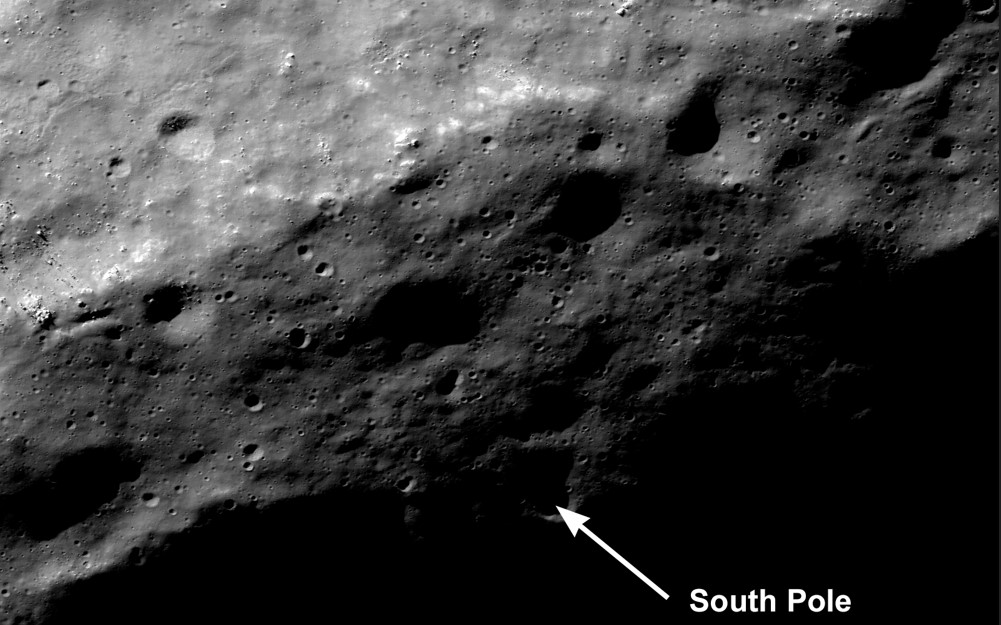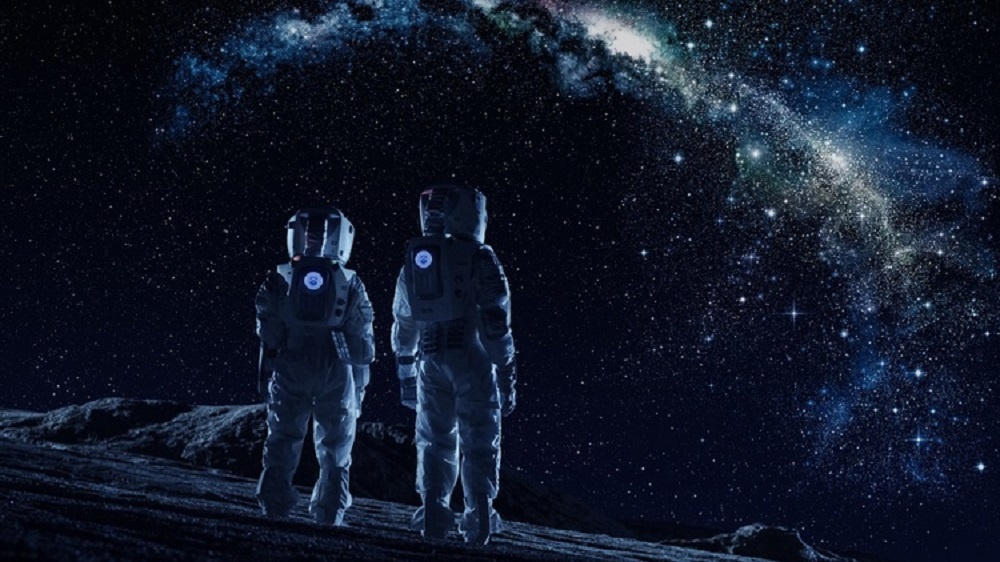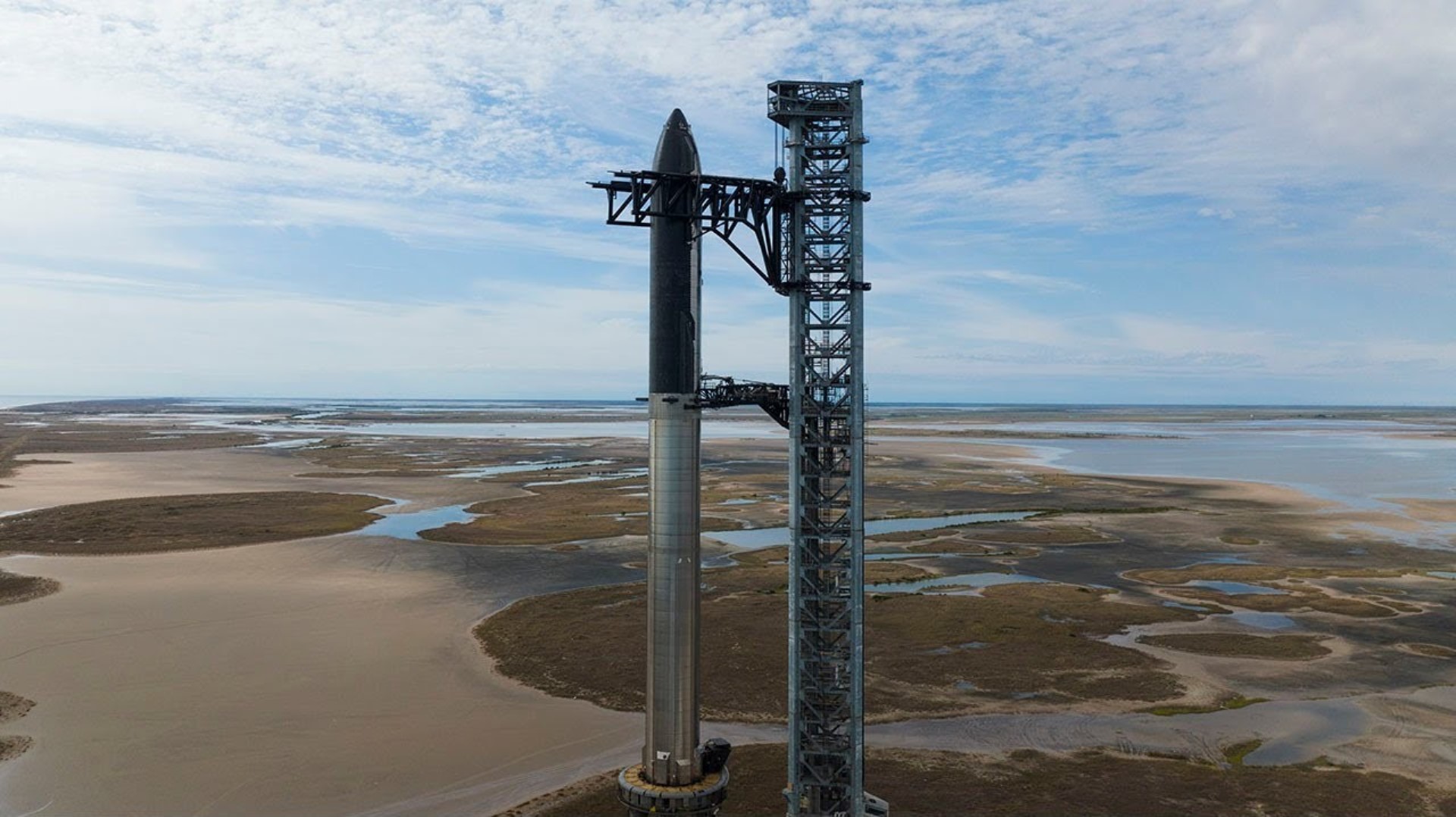On March 17th, the Artemis I mission rolled out of the Vehicle Assembly Building (VLB) and was transferred to Launch Complex 39B at the NASA Kennedy Space Center in Florida. This was the first time that a fully-stacked Space Launch System (SLS) and Orion spacecraft were brought to the launchpad in preparation for a “wet dress rehearsal.” To mark the occasion, NASA released a video of the event that featured a new song by Pearl Jam’s Eddie Vedder (“Invincible”).
Unfortunately, technical issues forced ground controllers to scrub the dress rehearsal repeatedly and return the Artemis I to the VLB on April 26th. This was followed by reports that these issues were addressed and that Artemis I rocket would return to LC 39B by early- to mid-June. Meanwhile, an official NASA statement (issued on Thursday, May 8th) says that the official launch of the mission is not likely to take place until August at the earliest.
Continue reading “Artemis 1 Probably won't Launch Until August”
